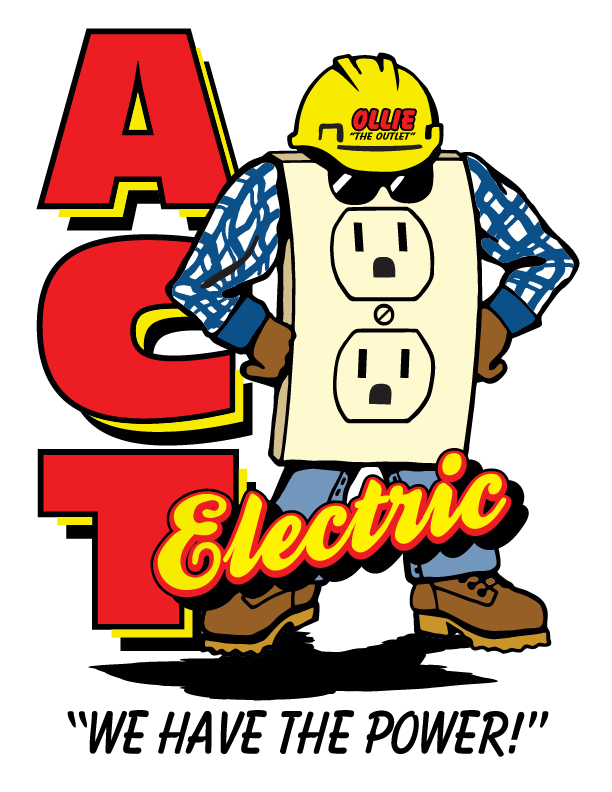Is Your Microwave Tripping Your Breaker?
Microwave is an essential and valuable kitchen appliance that makes life comfortable and convenient for homeowners. While modern microwaves are more feature-rich and compact, they are not free from problems.
A common issue that several homeowners complain of while using the microwave is that it trips the breaker. It is essential to identify the possible causes to get the appliance up and running again correctly and prevent the issue from recurring.
Let us look at the few potential reasons behind your microwave tripping the breaker.
Overloaded circuit
A prevalent cause of a tripping breaker from using your microwave is an overloaded circuit. An electrical circuit is rated to handle only a certain number of amperes. It overloads when the microwave attempts to draw more current than what the electrical circuit can provide. The breaker then trips, cutting off the electrical flow to that particular circuit to prevent any damages.
A microwave can overload the circuit and trip the breaker due to the following circumstances:
Too many appliances plugged into the circuit
A microwave draws about 12 amps and needs a dedicated circuit of 20 amps, meaning it should only serve the microwave oven and not any other appliance. When a homeowner runs multiple appliances like a toaster, juicer, or a coffee maker on the same circuit, it exceeds the current limit, and the breaker trips. Inspect your breaker box. Check if the tripped breaker's label says "microwave." It means that the microwave runs on a dedicated circuit. If not, the most likely culprit is a shared circuit.
When a breaker trips repeatedly, it can deteriorate and fail. When a breaker fails to trip due to wear and tear and deterioration, it can damage the electrical appliances. Alternately, it may cause the overloaded circuit to overheat the electrical wires and expose the home to an electrical fire risk.
A faulty or broken circuit outlet
If the breaker trips even when you plug your microwave into a GFCI outlet, it is possible that the outlet itself is faulty. If the GFCI outlet continues to trip even after resetting, it indicates a fault or something else in the circuit is causing the problem. Try plugging in the microwave to another GFCI outlet. If the issue disappears, the GFCI outlet or the circuit is faulty.
A failing circuit breaker
Circuit breakers do not last forever. Use the microwave on another circuit, and if it runs fine, the fault might lie with the circuit breaker. A damaged or faulty circuit breaker is a potential fire hazard and needs replacement by a professional electrician.
A malfunctioning microwave
If everything else is fine, it may mean that your microwave is faulty and is pulling an excessive amount of power. Plug the appliance into a higher amp circuit or an outlet with a dedicated circuit. If it trips the breaker, consider repairing or replacing the microwave, depending on its age. Common reasons for a malfunctioning microwave include:
Broken switches
Faulty capacitors
Faulty transistors or diodes
Leaky magnetron
Wet turntable motor
Blown fuses
If it does not trip the breaker, call a licensed and experienced electrician to install a dedicated circuit to avoid further issues. Also, try to avoid using multiple appliances simultaneously on the same circuit as your microwave.
ACT Electric is a full-service residential and commercial electrical contractor company specializing in electrical installation, repairs, and upgrades, electrical troubleshooting, electrical remodeling, electrical home inspection, and electrical retrofitting. We always prioritize customer comfort and safety. Give us a call at (480) 986-1722 today!

